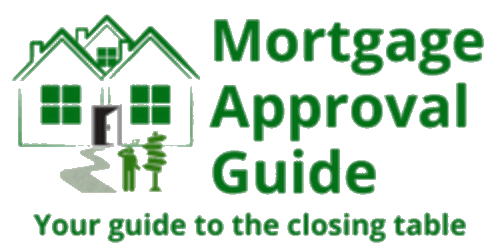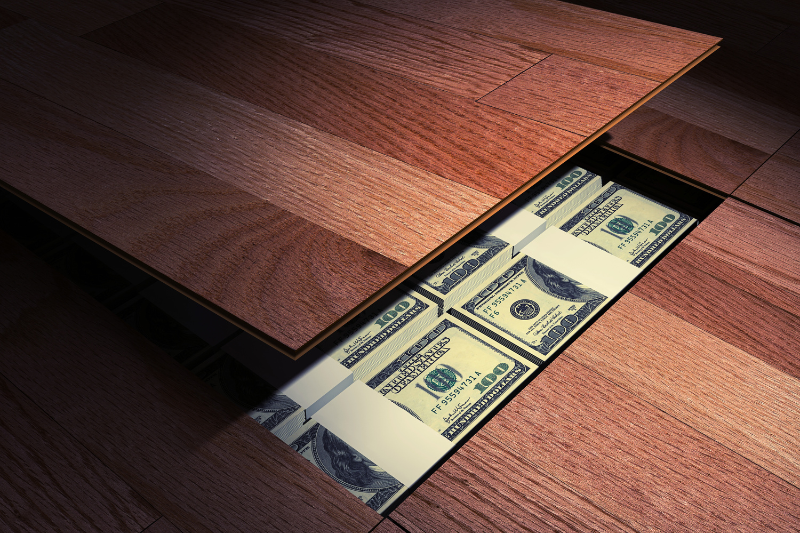Exciting news for those dreaming of buying a home! The Federal Housing Finance Agency (FHFA)…
Temporary Rate Buydown Explained
A 3-2-1 temporary rate buydown is a financing option that allows borrowers to reduce their initial mortgage interest rate for a certain period, typically the first one to three years of the loan term. The buydown is achieved by paying an upfront fee to the lender, which effectively lowers the interest rate for the specified period. In most cases, this amount must be paid by the seller.
Here’s an explanation of how a 3-2-1 buydown works:
a. The 3: In the first year of the loan, the interest rate is reduced by three percentage points from the prevailing rate. For example, if the current interest rate is 4%, the borrower would only pay 1% during the first year.
b. The 2: In the second year, the interest rate is reduced by two percentage points. Using the previous example, the borrower would pay 2% during the second year.
c. The 1: In the third year, the interest rate is reduced by one percentage point. Continuing the example, the borrower would pay 3% during the third year.
After the initial specified period, the interest rate will revert to the prevailing rate for the remainder of the loan term.
3. Benefits of a 3-2-1 Buydown:
a. Lower Initial Payments: The primary advantage of a 3-2-1 buydown is that it allows borrowers to have lower monthly mortgage payments during the initial years of the loan. This can be particularly beneficial for individuals who anticipate a temporary reduction in income or expect higher expenses during the early years of homeownership.
b. Qualification Assistance: Lower monthly payments during the buydown period can also help borrowers qualify for a larger loan amount. By reducing the debt-to-income ratio, lenders may view the borrower as less of a risk, increasing the chances of loan approval.
c. Flexibility: A 3-2-1 buydown provides flexibility for borrowers to adjust their finances accordingly during the initial years of homeownership. This can be useful for individuals who are saving for renovations, furniture, or other expenses associated with a new home.
d. Potential Long-Term Savings: Although borrowers pay an upfront fee to obtain the buydown, the reduced interest rate during the initial period can result in significant savings over time. By locking in a lower rate during the early years, homeowners may save thousands of dollars in interest payments throughout the life of the loan.
A 3-2-1 temporary rate buydown can be an attractive financing option for homebuyers or homeowners who seek lower initial payments, qualification assistance, and financial flexibility during the early years of homeownership. However, it is crucial to carefully evaluate the costs and benefits of the buydown, considering your specific financial situation and long-term goals.





